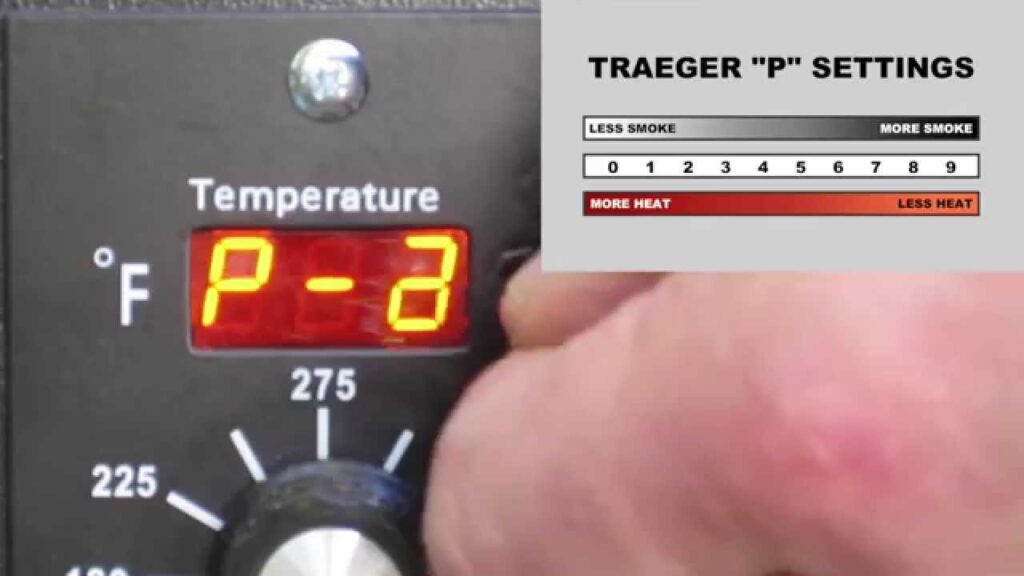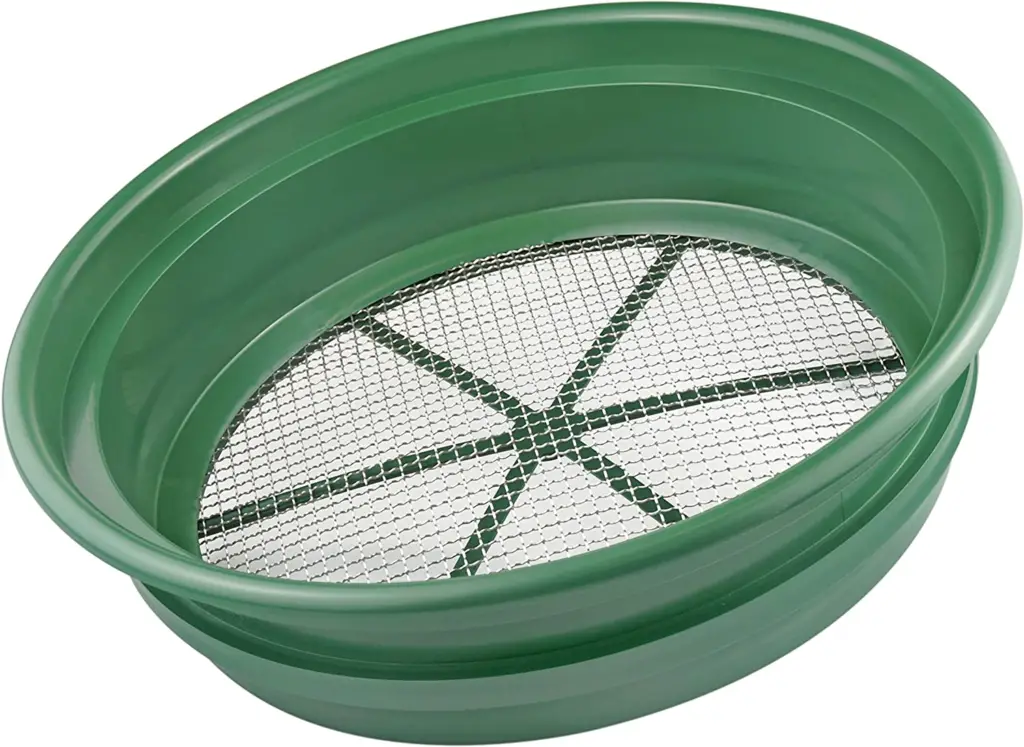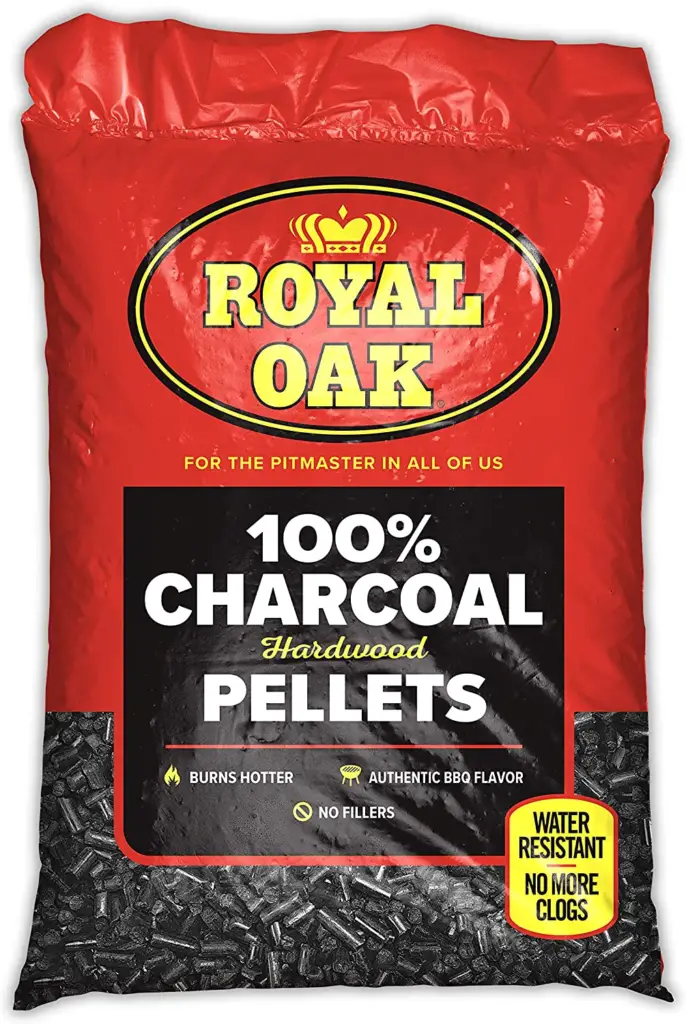Share via:
As a proud owner of a Traeger grill, I love the convenience and delicious flavors it brings to my barbecues. But nothing is more frustrating than dealing with the Traeger temperature swings.


Due to Traeger temperature fluctuation, I have had to deal with the disappointment of undercooked chicken and overcooked steaks.
However, after doing some research and troubleshooting, I’ve found some common reasons behind Traeger temperature dropping and provided tips to prevent them.
In this grillcuisines.com guide, I will cover:
- Common Reasons for Traeger grill temperature problems
- Effects of Traeger temperature fluctuation on grilling
- Tips to Prevent and Manage Traeger Temperature Swings
What is Traeger Temperature Swings
Temperature swing on a Traeger grill means that the heat inside the grill goes up and down the set temperature instead of staying steady like a straight line.
For example, if you were trying to bake cookies in the oven, but the oven kept getting too hot and then too cold, the cookies might not turn out right.
The same thing can happen with a Traeger grill if the temperature keeps changing.
How Traeger grill behaves normally?
Normally, Traeger grills are designed to maintain a consistent temperature by feeding pellets to the firepot, which generates heat and circulates it throughout the cooking chamber.
However, several factors can cause the Traeger grill temperature problems, leading to uneven cooking and longer cooking times.
The average difference between the fluctuation and actual temperature on a Traeger grill varies depending on the cause of the temperature swing.
In general, a temperature swing of 10-15 degrees Fahrenheit is considered normal. However, if the temperature swings exceed this range, it’s essential to identify the cause and address it quickly.
Common Causes of Traeger Temperature Swings
Is your Traeger grill temp dropping or not reaching the desired temperature while cooking?
Traeger grill temperature may drop or not reach the desired temperature due to various reasons. Here are some common causes:
1- Environmental Factors – Wind Or Cold Weather
Traeger grills do well in cold weather but outside cold temperatures can affect the Traeger inside temperature.
The colder it is outside, the more difficult it is for the grill to maintain a steady temperature.
Because it loses heat more quickly to the surrounding environment. This can cause the temperature inside the grill to drop, leading to Traeger grill temperature problems.
If you live in an area with a lot of wind, it can make it even more difficult for the grill to maintain a steady temperature.
Cold and windy weather can increase pellet consumption in the grill, as more pellets are needed to maintain the desired temperature.
This increased consumption can lead to more significant Traeger temperature swings.
Solution:
To minimize the effects of outside cold weather on the Traeger inside temperature, it’s important to use high-quality pellets that burn efficiently, preheat the grill thoroughly before cooking, and shield the grill from the wind.
You can also use insulating or thermal blankets or covers to help the Traeger grill maintain a consistent temperature in cold weather.


You can choose from a variety of insulated or double wall pellet grill models on the market. These grills are best to use in cold weather conditions.
2- Uneven Pellet Distribution
Pellet distribution in a Traeger pellet grill can significantly impact Traeger temperature.
Temperature fluctuations may result from uneven heating of the grill if the pellets are not distributed evenly throughout the hopper.
Uneven pellet distribution in a Traeger grill can occur due to many reasons, including:
- Pellet Quality – Poor quality pellets can be too large, too small, or irregularly shaped, leading to uneven distribution in the hopper.
- Hopper Overfilling or Pellet Tunneling in Hopper– Overfilling the hopper with pellets can cause them to become compacted, leading to uneven distribution. When the hopper has fed all the pellets in the center of the grill, but there are still lots of pellets sticking to the side of the hopper it is called ‘pellet tunneling’. This can cause no pellets to make their way into the augur and with no pellets coming in, the fire goes out.
- Hopper Clogs – Debris, dust, or sawdust can clog the hopper’s pellet feed system, causing uneven distribution.
- Grill Placement – The placement of the grill can also cause uneven pellet distribution. If the grill is not level or is placed on an uneven surface, pellets may not be distributed evenly in the hopper.
Solution:
In order to ensure even distribution of the pellets it is important to use high quality pellets that are of the right size and shape. Always use a pellet sifter
Always avoid overfilling the hopper and sift the pellet first before adding them to the hopper.


This stops any dust from getting in and compressing which could cause problems with feeding the augur and cause tunneling. Regularly inspect the hopper and clean it.
Tips to solve Pellet Tunneling in Hopper
3: Quality Of Wood Pellet
Are you wondering Why is my Traeger going above set temp? Wood pellets can be the reason!
The quality of the wood pellets used in a Traeger grill can significantly affect temperature swings.
The size, shape, and quality of the pellets can impact the grill’s ability to maintain a consistent temperature, resulting in Traeger temperature problems.
Pellets have a tendency to become damp if they are old or left open in the bag after the last outdoor cooking session.
Poor-quality pellets could contain more sawdust, which might clog the auger and jam it, causing temperature changes.
Poor-quality pellets might not burn as well as good-quality pellets, which could cause uneven combustion and Traeger temperature dropping.
Large or irregularly shaped pellets may not feed through the auger smoothly, leading to uneven distribution and temperature swings.
Similarly, small-size pellets may feed too quickly, causing the temperature to rise too rapidly, leading to fluctuations.
Solution:
Premium high quality pellets that are consistent in size and shape will burn more efficiently and evenly, helping the grill to maintain a consistent temperature.
These pellets will produce consistent heat and smoke, ensuring your food cooks evenly without temperature fluctuations.
Make sure the pellets in the firepot or at the end of the auger have a good gloss and a satisfying “crack” when they break. Avoid using pellets that are light in color, dull, dusty, or have a lot of sawdust in the bag.
Weather can affect pellet quality if the pellets have been in the hopper for a very long time.
If the pellets are old, moist, or broken, they may not feed through the auger evenly, causing temperature swings.
Try a new bag of pellets if the current one is crumbling or appears dull.
So it’s important to use fresh pellets.
Check when you last replaced the pellets and vacuumed out the hopper. Sawdust can also settle at the bottom of the hopper and cause blockages, so make sure to vacuum out excess sawdust when cleaning your grill.
You can use a small ash vacuum cleaner for a pellet grill.


To keep pellets fresh and prevent moisture from penetrating them, always store them in a dry place in airtight containers.
4- Auger is Jammed
An auger of a Traeger grill helps feed the pellets from the hopper to the firepot.
If the auger becomes jammed, it can cause temperature swings.
One of the most common reasons why an auger can become jammed is due to pellet clumps forming in the hopper.
The auger motor may become blocked by these clumps, which prevents pellets from feeding through the auger and causes temperature changes in the Traeger.
Another reason an auger can become jammed is due to sawdust buildup. Sawdust can accumulate in the hopper, causing the pellets to stick together and form clumps that can clog the auger.
If the auger becomes jammed, the grill will not be able to maintain a consistent temperature, resulting in uneven cooking.
It may also produce more heat and smoke which will affect the flavor of the food.
Solution:
To prevent auger jams, it’s important to use high-quality pellets that are the correct size for your grill. Avoid using pellets that are moist, dusty, or have a lot of sawdust in the bag.


It’s also important to regularly clean the hopper and remove any excess sawdust or clumps of pellets to prevent blockages.
5- OPENING THE LID TOO OFTEN – Lid opening
Every time you open the lid, heat and smoke escape, and the temperature inside the grill drops.
The grill then needs to maintain the desired temperature, resulting in temperature swings that can affect the cooking process.
When the grill lid is opened frequently, it can also cause fluctuations in airflow, which can affect the temperature distribution across the cooking surface.
This can result in unevenly cooked food, with some portions being overcooked or undercooked.
Solution:
To minimize Traeger grill temperature problems, it’s important to keep the lid opening to a minimum. Avoid repeatedly checking on the food, and instead use a reliable digital meat thermometer to monitor the internal temperature.
Many Traeger grills come with a built-in meat probe, allowing you to monitor the temperature without opening the lid.
6- CHANGING THE TEMPERATURE Often
When you adjust the temperature frequently, the grill’s heating element and fan are forced to work harder to maintain the new temperature, which can result in fluctuations.
Temperature swings caused by frequent adjustments can be particularly problematic when cooking meats, as a fluctuating temperature can affect the internal doneness and texture of the meat.
Solution:
To minimize temperature swings caused by adjusting the temperature, it’s important to have a clear plan in place before you start cooking.
Choose the temperature you want to cook at and stick with it, only making adjustments when necessary.
It’s also important to allow the grill time to adjust to the new temperature before adding your food.
This will help ensure that the grill has stabilized at the desired temperature and reduce the likelihood of temperature swings.
7- AIR CIRCULATION
Proper air circulation is important to maintain a consistent temperature in a Traeger grill.
When the grill’s air circulation is restricted, hot air can be trapped, causing hot spots and temperature swings.
To improve air circulation, it’s essential to ensure that the grill’s air intake and exhaust vents are clear of obstructions, such as debris or ash.
Solution:
Maintaining proper clearance between the pan, food, and grill is also important for ensuring a consistent temperature on a Traeger grill.
When using a pan, it’s important to leave at least an inch of clearance between the edge of the pan and the grill surface to allow for proper airflow.
Similarly, when placing food on the grill, it’s recommended to maintain an inch of clearance from the edge of the grill to ensure even cooking.
This clearance allows hot air to circulate around the food, ensuring that it cooks evenly from all sides.
8- Broken RTD/Thermocouple
There are 2 sensors in Traeger gill to measure the internal temperature, RTD (Resistance Temperature Detector) and Thermocouple.
The RTD sensor is a resistor and is made up of stainless steel, which changes its resistance with temperature.
While the thermocouple generates a voltage proportional to the temperature difference between the two ends of the sensor.
If the RTD sensor is broken, or chipped it can affect the temperature stability of the Traeger grill.
The temperature readings from the sensor will be incorrect, leading to temperature swings and unevenly cooked food.
In some cases, the grill may not heat up at all if the sensor is not working correctly. Or it can cause the grill to overheat, potentially leading to damage to the grill or even a fire hazard.
Solution:
If you see any damage to RTD, replace them as necessary.
Traeger RTD sensors can be purchased directly from Traeger’s website or from authorized Traeger dealers. To replace an RTD sensor in a Traeger grill, first, ensure that the grill is unplugged and cooled down.
Next, remove the grill’s control panel and find the RTD sensor. Carefully remove the old sensor and disconnect it from the wires.
Replace it with the new RTD sensor and reconnect the wires.
Finally, reattach the control panel and check the grill to ensure that it’s working correctly.
Traeger has a helpful article on their website with step-by-step instructions and a video tutorial on how to replace the RTD sensor in a Traeger grill.
You can find the article here: https://www.traegergrills.com/support/faq/parts/how-do-i-replace-the-rtd-probe
9- USING FOIL AS A DRIP TRAY LINER
To avoid any airflow problems while using heavy-duty aluminum foil as a drip tray liner on your Traeger grill, make sure to tightly wrap the foil around the drip tray’s edges.
The foil can restrict airflow and cause temperature changes if it is spread out and not wrapped tightly.
10- IMPROPER INSTALLATION OF A TRAEGER TIMBERLINE FIREPOT
The firepot in the Traeger grill is responsible for igniting and maintaining the fire that heats the grill.
For example, if the firepot is not installed correctly at the proper depth or angle, it can cause the pellets to burn unevenly or not ignite at all.
It can also cause ash buildup, which can obstruct the flow of air, causing the temperature to fluctuate and preventing the pellets from burning efficiently.
This can result in Traeger temperature fluctuations as the grill struggles to maintain a consistent temperature.
Solution:
It is crucial to carefully follow the manufacturer’s instructions while installing the firepot in order to ensure optimal operation and prevent any temperature control problems with the Traeger.
Conclusion
Traeger temperature problems are frequent and can be caused by a number of things, like outside weather, poor maintenance, and mechanical problems.
It’s crucial to maintain your Traeger grill properly, use high-quality pellets, and keep an eye on the temperature to reduce temperature swings.
You may test the grill’s internal temperature precisely and make adjustments by using a digital thermometer.
I am a writer, editor, and publisher of Grillcuisines.com – an online blog dedicated to sharing grilling tips, accessories, and recipes to encourage more people to get outside and grill.
I’m off to find out the different types of grill foods, their seasons, and how to conduct outdoor cooking properly. I’ll also show you some of my grill-worthy cooking tools & accessories!
